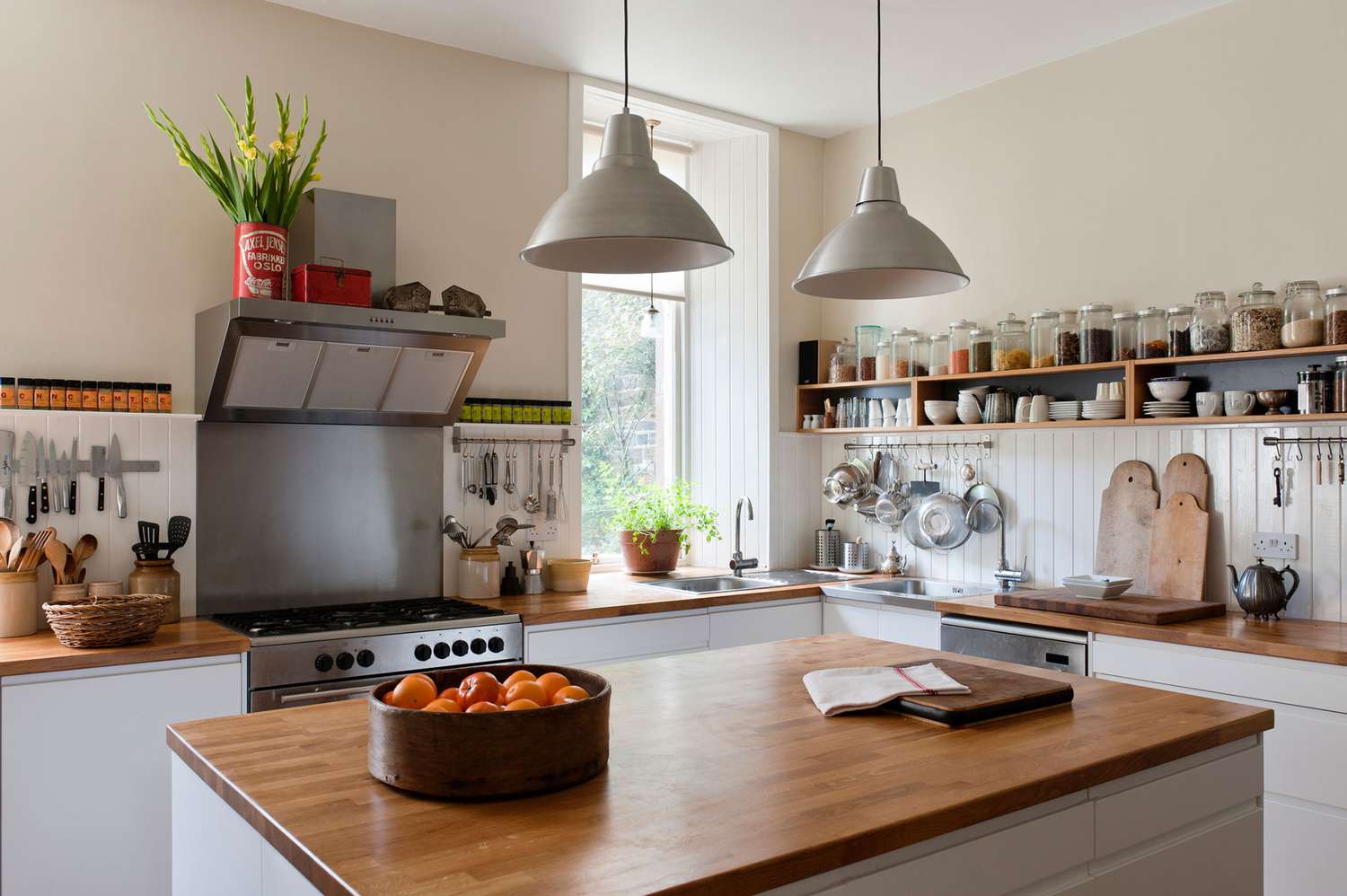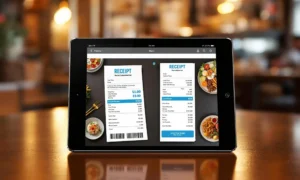Remodeling your kitchen is an exciting project that can increase your home’s value and improve functionality. However, a successful kitchen remodel requires careful planning, budgeting, and design decisions. Here’s a step-by-step guide to help you navigate the process smoothly.
1. Set Your Goals and Budget
Before starting, define what you want to achieve with your remodel. Are you looking for more storage, better appliances, or an open-concept layout? Once you determine your goals, set a realistic budget that includes:
- Materials and finishes
- Labor and contractor fees
- Permit costs
- Unexpected expenses (typically 10-20% of your budget for contingencies)
2. Plan Your Kitchen Layout
The layout of your kitchen impacts both functionality and flow. Consider popular kitchen layouts such as:
- Galley Kitchen – Efficient for small spaces
- L-Shaped or U-Shaped Kitchen – Maximizes counter space
- Open-Concept Kitchen – Ideal for entertaining and creating a spacious feel
- Kitchen Island Addition – Great for extra seating and prep space
Ensure your design follows the kitchen work triangle principle, keeping the stove, sink, and refrigerator within easy reach.
3. Choose Quality Materials and Appliances
Investing in durable materials will enhance the longevity and appeal of your kitchen. Some key considerations include:
- Cabinetry – Solid wood or plywood for durability
- Countertops – Quartz, granite, or butcher block for aesthetics and function
- Flooring – Tile, hardwood, or luxury vinyl plank for durability
- Appliances – Energy-efficient models to save on utility bills
4. Hire the Right Professionals
Unless you’re experienced in home renovations, hiring professionals can save time and prevent costly mistakes. Consider working with:
- Kitchen Designers – To optimize layout and style
- Contractors – To handle construction and installations
- Electricians & Plumbers – For proper wiring and plumbing connections
Working with a local kitchen remodeler can also help you navigate the permitting and regulatory requirements, which can often be overwhelming without good help.
5. Obtain Permits and Approvals
Depending on the extent of your remodel, you may need building permits for electrical, plumbing, or structural changes. Check with your local building department to ensure compliance with codes and regulations.
6. Create a Timeline and Prepare for Disruptions
Kitchen remodels can take anywhere from a few weeks to several months, depending on the complexity. Plan accordingly by:
- Setting a realistic project timeline
- Setting up a temporary kitchen space
- Preparing for potential delays due to material availability or labor scheduling
7. Final Touches and Inspection
Once construction is complete, inspect all work and test appliances, plumbing, and lighting. Make any necessary adjustments before finalizing the project.
Final Thoughts
A well-planned kitchen remodel enhances your home’s functionality and value. By setting clear goals, hiring professionals, and making informed design choices, you can achieve a kitchen that meets your needs and complements your lifestyle.



































